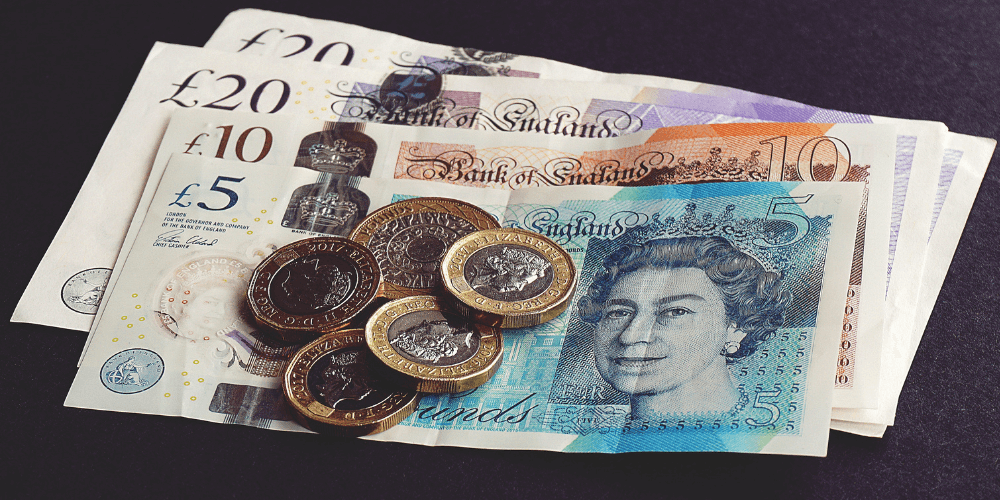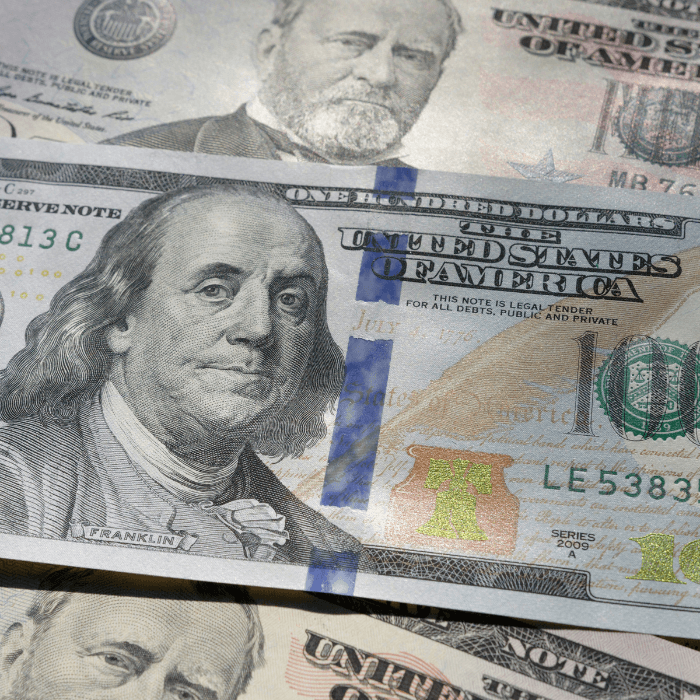UK and US Interest Rate Decisions Next Week

On Wednesday, UK GDP was recorded as shrinking 0.5% month-over-month, with strikes and unusually wet weather causing the downturn, according to the Office National Statistics. However, this was compounded by a drop in output from each of the major industrial sectors for the month of July, with each recording the first monthly contraction since last summer. Stephen Millar of NIESR said, ‘It now looks like the UK economy entered a recession in the second quarter of this year as GDP fell by 0.1%, and we expect output to continue falling over the next three quarters. (UK Economy Now in Recession - NIESR) Despite the slowing economy, the consensus is for yet another 0.25% rise in UK policy rate next week.
Market participants are expecting a September rate rise taking the UK policy rate to 5.5%; this would mark the 15th consecutive rate rise by the Bank of England. Over the pond, the US Federal Reserve (Fed) will be considering recent inflation data, which beat expectations, to decide on whether to move rates higher. There was much speculation moving into this Fed interest rate meeting that we were at peak in the US rate tightening cycle, however, markets are suggesting improved odds on a Fed rate hike next week, with an even chance of 0.25% move higher. What is more, at the Jackson Hole Economic Symposium, Fed Chair Jerome Powell stated that Fed policymakers would “proceed carefully as we decide whether to tighten further,” and cautioned that policymakers had not yet concluded whether rates have been brought high enough to move inflation meaningfully back to the 2% target.
While core inflation is falling in the US, CPI inflation increased to 3.7% suggesting the path to economic recovery isn’t as quite as smooth as the Fed Reserve might have hoped. If inflation remains stubbornly high or begins to rise, investors may lose confidence that the Fed’s policy response is sufficiently effective. In this scenario, gold could benefit.
It is clear, however, that the US battle against inflation is ahead of other western nations, and this will likely result in a divergent policy response as we move into the end of the year. In the UK, the risk of persistent factors to inflation could see a much slower peak, and potentially higher peak, in interest rates. The varying policy response could indeed see further weakening of the US Dollar (against other major currencies) in the short term, which would be supportive of the gold price.
With rates having been moved aggressively higher over the last 18-months, it is perhaps surprising that western economies continue to produce nominal growth (in GDP terms). Some commentators make the point that interest rate (monetary) policy decisions tend to have a long lag and can take up to 18 months to reflect in economic activity. Here in the UK, ‘the majority of fixed rate mortgages (57%) are coming up for renewal in 2023 were fixed at interest rates below 2%. Those deals that are due to mature through the course of 2024 will be from two-year fixed rate deals made in 2022 and five-year fixed rate deals made in 2019,’ (ONS - How increases in housing costs impact households - Office for National Statistics) Therefore, the wave of mortgage rate rises will ‘wash through’ into the first half of 2024, and this where we are likely to see the broader effects of higher rates on the UK consumer.

British Pound Sterling has been on the backfoot since the release of data depicting a slowdown in UK business activity in August. Purchasing managers in both services and manufacturing sectors have indicated a sharp slowdown in activity for July, with ‘contraction rates – in manufacturing - for both total new orders and new export business among the steepest observed outside of the 2007-08 global financial crisis and the COVID-19 pandemic.’ (Markit economics - United Kingdom Manufacturing PMI - August 2023 Data - 2008-2022 Historical) This has seen the gold price move higher (in GBP terms).
With a high likelihood of the Bank of England’s Monetary Policy Committee judging that another 0.25%-point rate rise is required at next week’s meeting – taking the rate to 5.5% - market players will be keenly observing the development of UK economic data, in particular inflation, to see whether UK policy is likely to diverge further from that of the US. To add some doubt into the equation, Governor Andrew Bailey spoke at a Treasury Select Committee last week, saying: “I think we are much nearer now to the top of the cycle” and that he expects inflation “fall quite markedly” this year.
Investors will be eagerly anticipating the next publication of UK CPI (Consumer Price Inflation) inflation data due on 20th September to assess whether the Bank of England is winning the battle against inflation, or whether further action is required.
For more information regarding investing in gold with The Royal Mint, please click here.
Sources
- UK economy shrinks by 0.5% in July amid wet weather and strikes | Economic growth (GDP) | The Guardian
- Large Fall in GDP in July May Herald a Quarterly Decline - NIESR
- Rate hike odds build as Fed's Powell gets set to speak | Reuters
- Rate hike chances rise modestly after Fed's Jerome Powell speech (cityam.com)
- How increases in housing costs impact households - Office for National Statistics (ons.gov.uk)
The contents of this article, accurate at the time of publishing, are for general information purposes only, and do not constitute investment, pensions, legal, tax, or any other advice. Before making any investment or financial decision, you may wish to seek advice from your financial, pensions, legal, tax and/or accounting advisors.
This article may include references to third-party sources. We do not endorse or guarantee the accuracy of information from external sources, and readers should verify all information independently and use external sources at their own discretion. We are not responsible for any content or consequences arising from such third-party sources.









